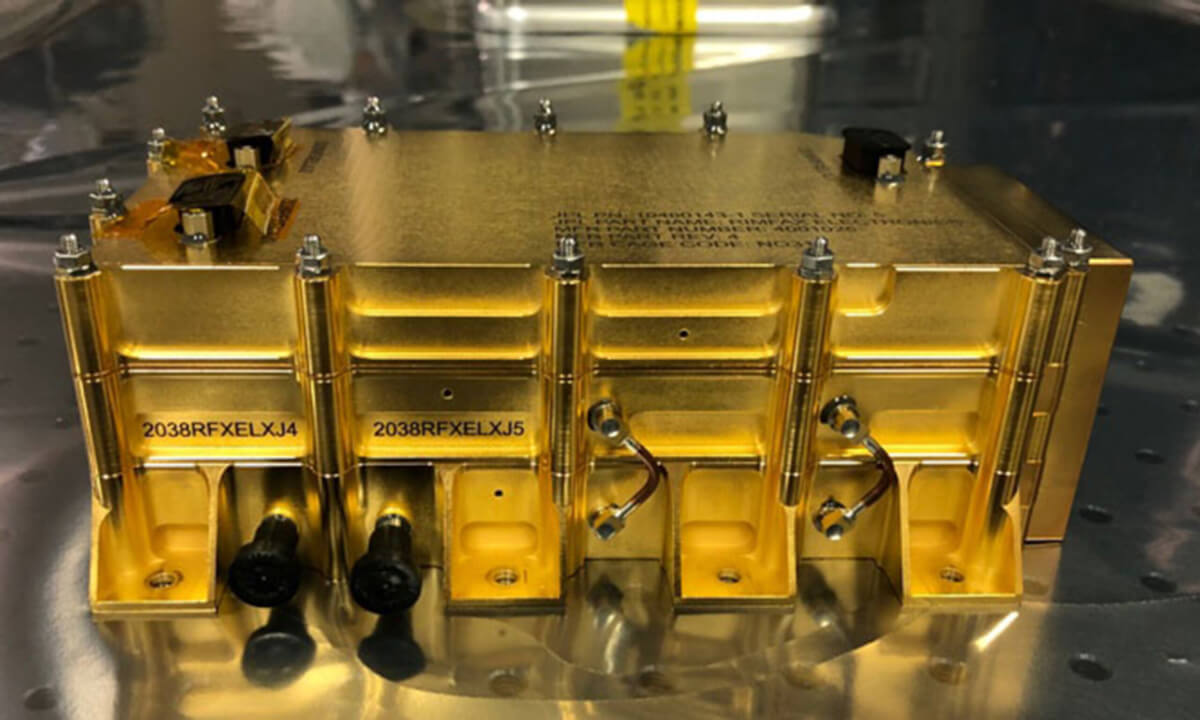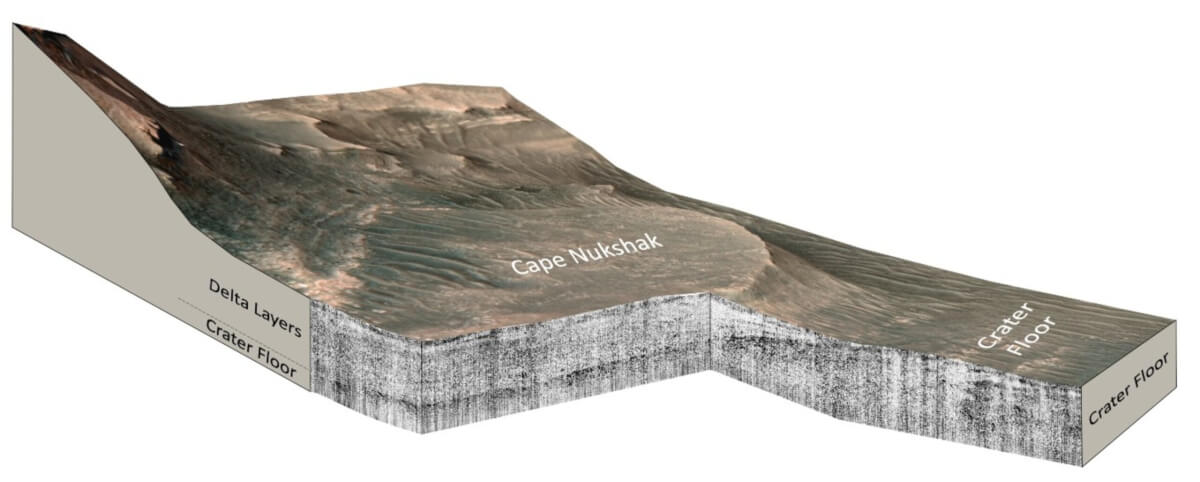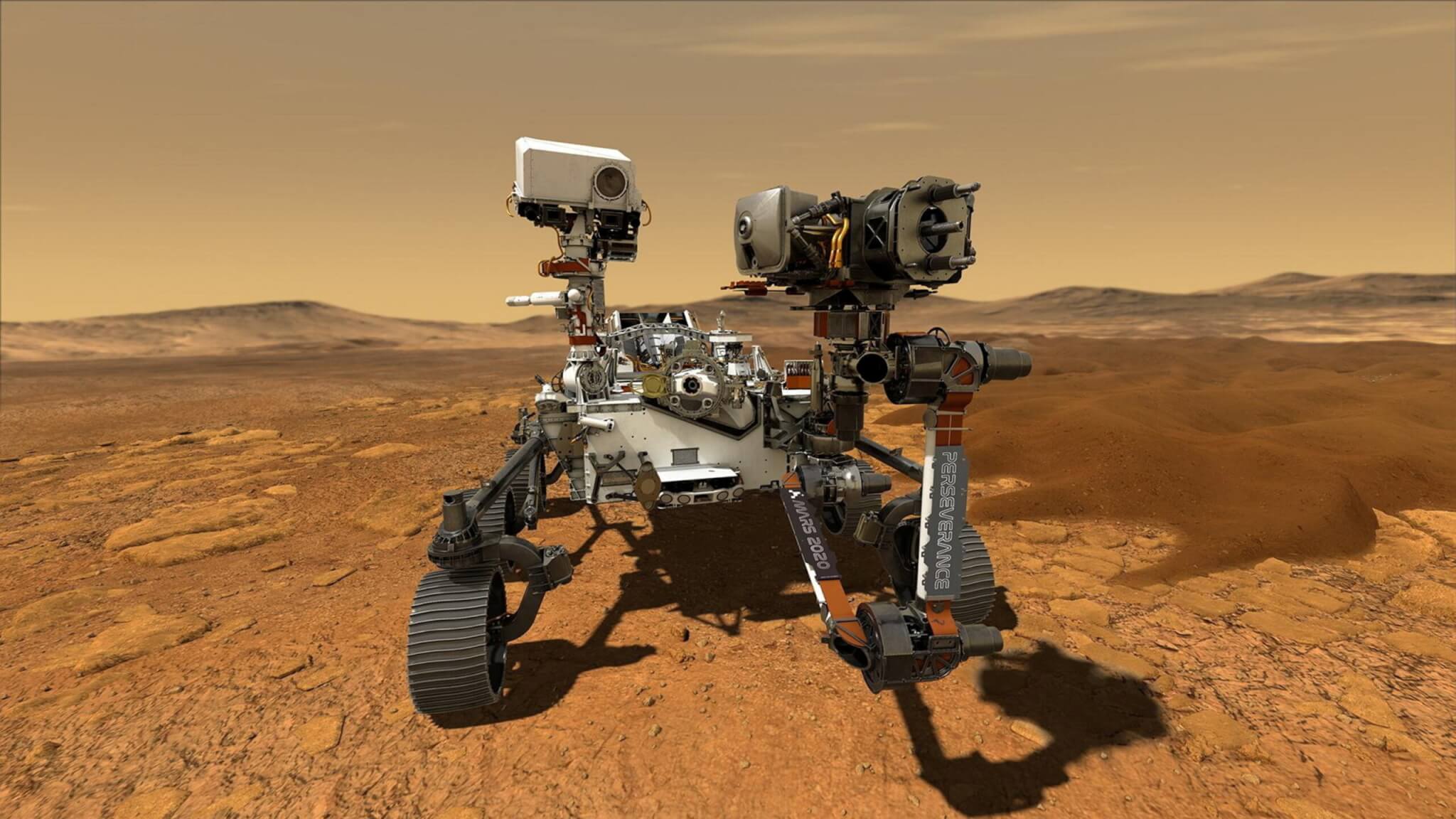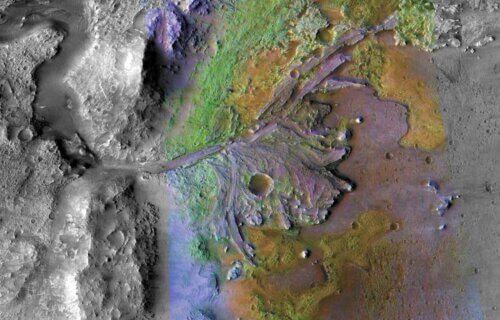LOS ANGELES — Scientists are getting closer to finding signs of life on Mars. Using NASA’s Perseverance rover, researchers from UCLA and The University of Oslo have revealed that the Jezero crater — once thought to be a potential site for ancient life — actually housed a lake, bolstering hopes of finding traces of life on Mars.
The rover’s investigation into the 30-mile-wide Jezero crater has been revealing.
“From orbit we can see a bunch of different deposits, but we can’t tell for sure if what we’re seeing is their original state, or if we’re seeing the conclusion of a long geological story,” says study first author David Paige, a UCLA professor of Earth, planetary and space sciences, in a media release. “To tell how these things formed, we need to see below the surface.”
Researchers discovered that the crater was once filled with water, creating layers of lake sediments.
Perseverance, equipped with seven scientific instruments, has been studying the crater’s geology since 2021. The Rover’s Radar Imager for Mars’ Subsurface Experiment (RIMFAX) played a key role in this discovery. This instrument sent radar waves deep below the Martian surface, allowing scientists to see beneath and understand the geologic history of the area.
“Some geologists say that the ability of radar to see under the surface is kind of like cheating,” notes Paige, who is RIMFAX’s deputy principal investigator.
RIMFAX imaging showed two distinct periods in the crater’s history: an initial phase of erosion, followed by the deposition of lake sediments. This was succeeded by a second period of erosion and then another deposition phase, forming an extensive delta. Images from RIMFAX show the sediments are regular and horizontal, similar to sediments deposited in lakes on Earth.

These findings are not just significant for understanding Martian geology but also for the search for past life on Mars. The existence of lake sediments, now confirmed, had been suspected but never proven before this research.
“The changes we see preserved in the rock record are driven by large-scale changes in the Martian environment,” explains Paige. “It’s cool that we can see so much evidence of change in such a small geographic area, which allows us extend our findings to the scale of the entire crater.”
Perseverance will continue its exploration, collecting soil and rock samples to be returned to Earth by a future mission. These samples could provide direct evidence of past life, making this study a crucial step in Mars exploration.

The research received funding from NASA, the Research Council of Norway, and the University of Oslo. The study is published in the journal Science Advances.
Perseverance Rover’s Key Discoveries on Mars
As NASA’s Perseverance rover continues its epic journey across the Martian landscape, it has been sending back a wealth of data, unraveling the many mysteries of the Red Planet. Here’s a look at some of the key findings this mission has brought to light:
- Evidence of Ancient Lake and River Delta: Perseverance has confirmed the presence of an ancient lake and river delta in the Jezero Crater. This discovery is pivotal as it suggests that Mars once had conditions suitable for life. The sediment layers in the delta could potentially hold organic molecules or other signs of microbial life.
- Collection of Martian Rock Samples: In a historic first, Perseverance has been drilling and collecting rock samples from the Martian surface. These samples, set to be returned to Earth by future missions, could provide invaluable insights into the planet’s geology and past habitability.
- Weather and Atmospheric Data: The rover’s onboard instruments have been gathering detailed weather and atmospheric data. This information helps scientists understand the Martian climate, dust cycles, and even the planet’s past potential to support life.
- Innovative MOXIE Experiment: Perseverance is equipped with an experiment called MOXIE (Mars Oxygen In-Situ Resource Utilization Experiment), which has successfully produced oxygen from the Martian atmosphere. This breakthrough has significant implications for future human exploration, demonstrating the feasibility of producing resources on Mars.
- Sounds of Mars: For the first time ever, we’ve heard the sounds of Mars, thanks to Perseverance’s microphones. From the whirring of the rover’s mechanisms to the subtle gusts of Martian winds, these sounds provide a new sensory dimension to our understanding of the planet.
- Intriguing Geological Formations: Detailed images sent back by Perseverance have revealed fascinating geological formations, including unique rock textures and patterns. These observations help scientists piece together the planet’s volcanic and sedimentary history.
- RIMFAX’s Subsurface Explorations: The rover’s ground-penetrating radar, RIMFAX, is providing a first-of-its-kind look at the Martian subsurface, revealing hidden layers of rock and sediment that could tell us more about Mars’ geologic processes and water history.

